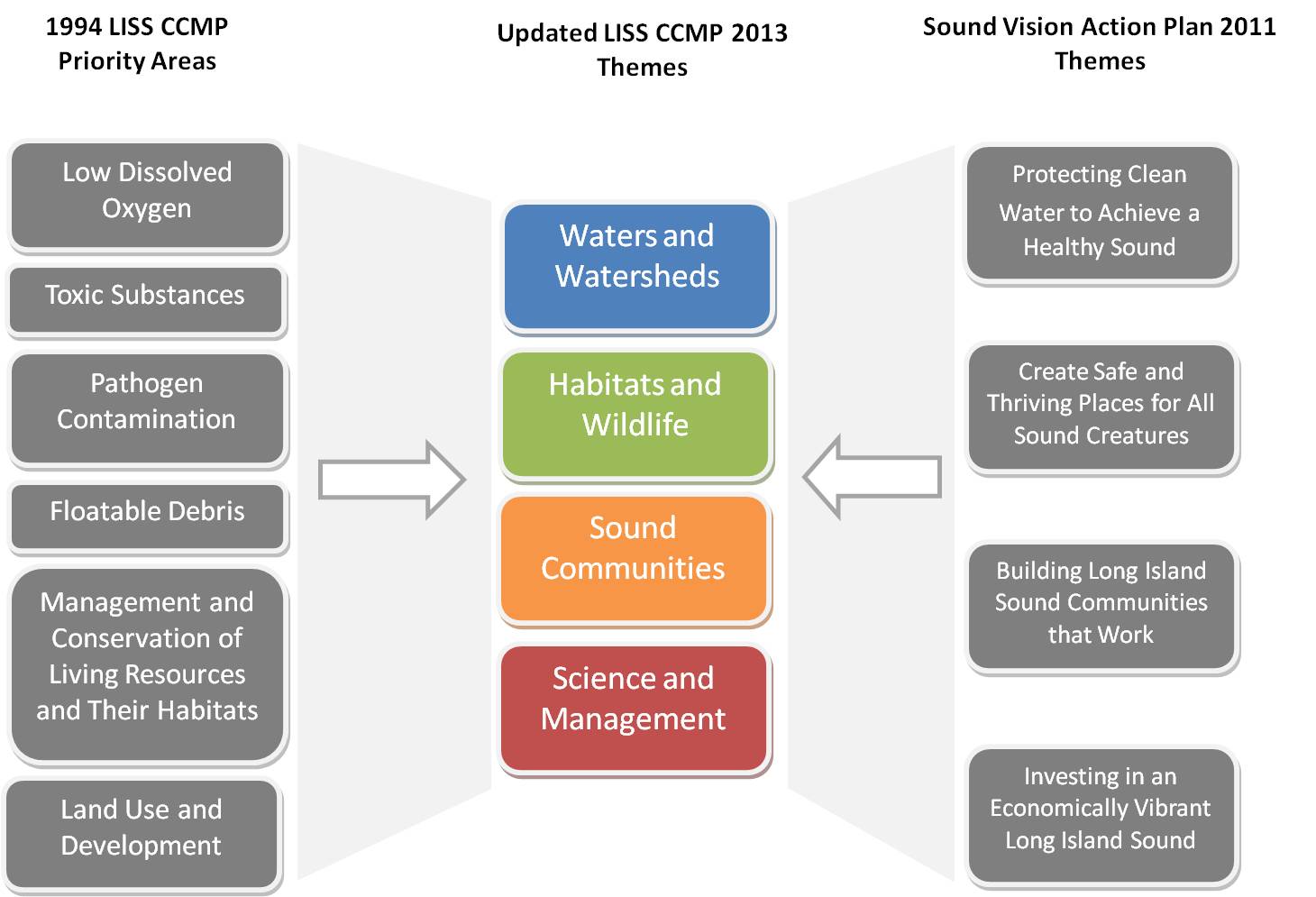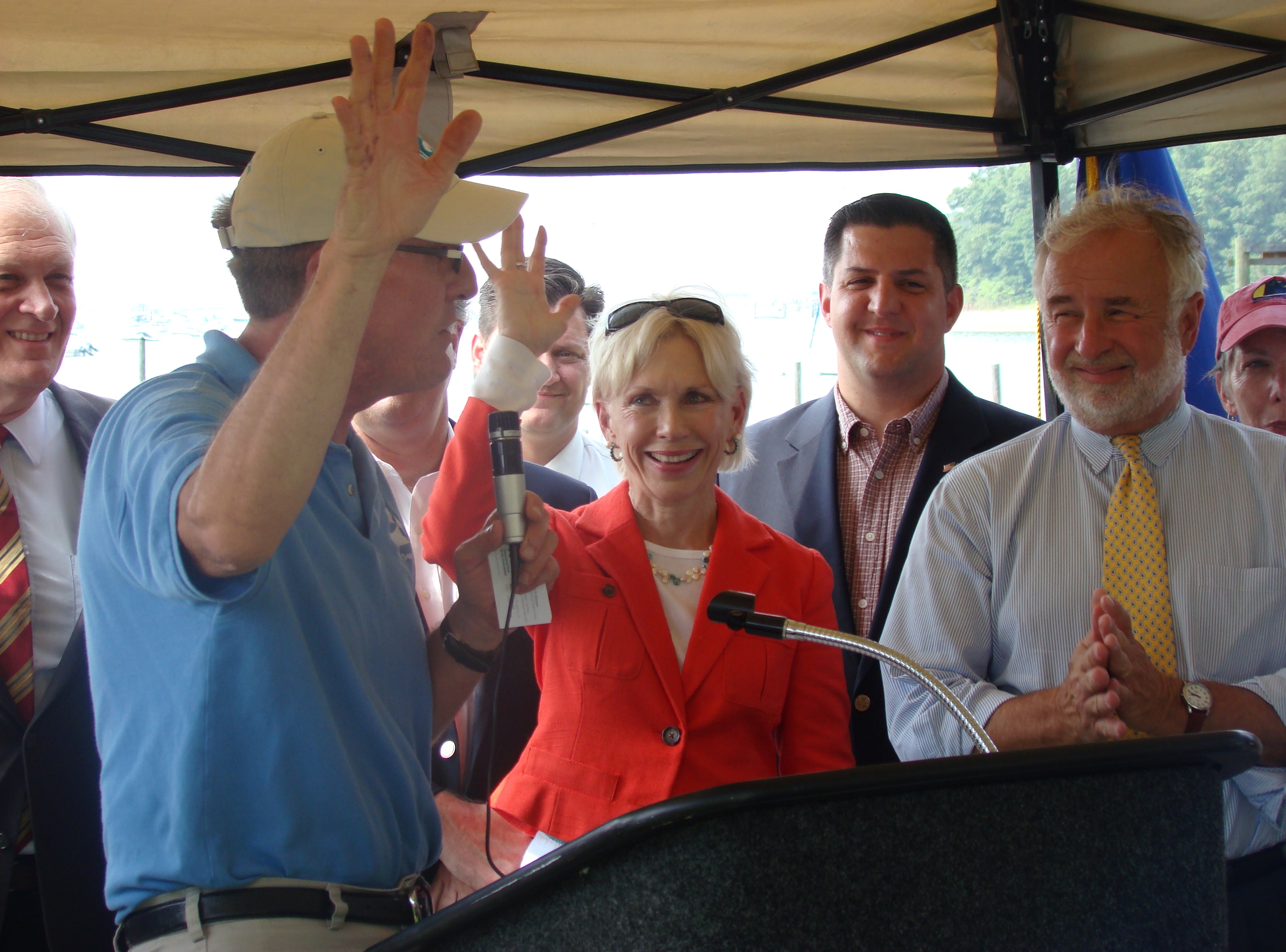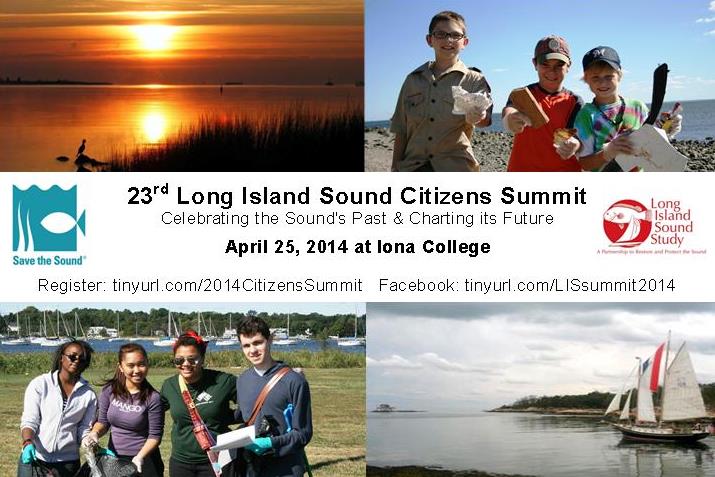Dr. Drew Carey of WaterVision provides a history of Sound management and urges citizens to join him at the Long Island Sound Citizens Summit to forge the latest chapter in the Sound’s great legacy.
I moved to the Long Island Sound region in 1982; as a marine scientist studying coastal ecosystems I was astonished by the perception that this world-famous estuary was seen locally as “too dirty to appreciate.”

But I was also extremely impressed with the wealth of knowledge and passion dedicated to changing that perception. Now, due to that passion and effort, the Sound is seen as a jewel of New England, not without challenges but more than worthy of appreciation and restoration. I urge you to join me at the 23rd Annual Long Island Sound Citizens Summit to forge the latest chapter in the outstanding effort to keep the Sound a place accessible and valuable to all citizens.
For the past 20 years, efforts to manage the resources and conditions of Long Island Sound have followed a Comprehensive Conservation and Management Plan (CCMP). The 1994 CCMP, developed after intensive conversations with citizens, scientists, and managers about what future they wished to see for Long Island Sound, identified commitments and made recommendations for actions to manage the Sound.

“Listen to the Sound: A Citizen’s Agenda” was a landmark project completed in 1990 to empower ordinary citizens to craft a vision for the future of Long Island Sound. In 2011, the SoundVision action plan updated that vision for the 21st Century. Now it is time to complete the process of revising the CCMP, a management plan that defines how this vision can be implemented over the next twenty years.
The 2014 Citizens Summit will provide a forum to prioritize goals and strategies for the new CCMP.
Following the lead of SoundVision and other efforts, the revised CCMP is organized into four broad themes: Waters and Watersheds, Habitats and Wildlife, Sound Communities, and Science and Management. At the Citizens Summit, after hearing about the history of the Sound, successful strategies of the past, and the challenges facing us today, we will break into four groups to explore the most compelling needs for action in each of the theme areas. Participants will be asked to imagine the Sound they would like to see in 2034 and then identify the activities and strategies that could help us get there. When the breakout groups report back to the Summit, we will discuss with a government action panel how these priority actions can address the most important issues identified during the Summit and what key points should be communicated to the public.
Between now and the conference, guest bloggers like myself will provide a personal perspective on each theme area and articulate some of the overarching issues facing management of the Sound. David J. Miller focuses on some of the fascinating history of the Citizens Summit and coalitions to protect Long Island Sound. We hope that you can join us for this highly anticipated conference and join a tremendous group of experts from scientific, cultural and community action organizations to provide critical input to the future of Long Island Sound!
Posted by Dr. Drew A. Carey, Partner at WaterVision. Drew can be reached at dcarey@watervisionllc.com.


3 thoughts on “Guest Post: Citizens Summit to Look from Past to Future of the Sound”
Comments are closed.